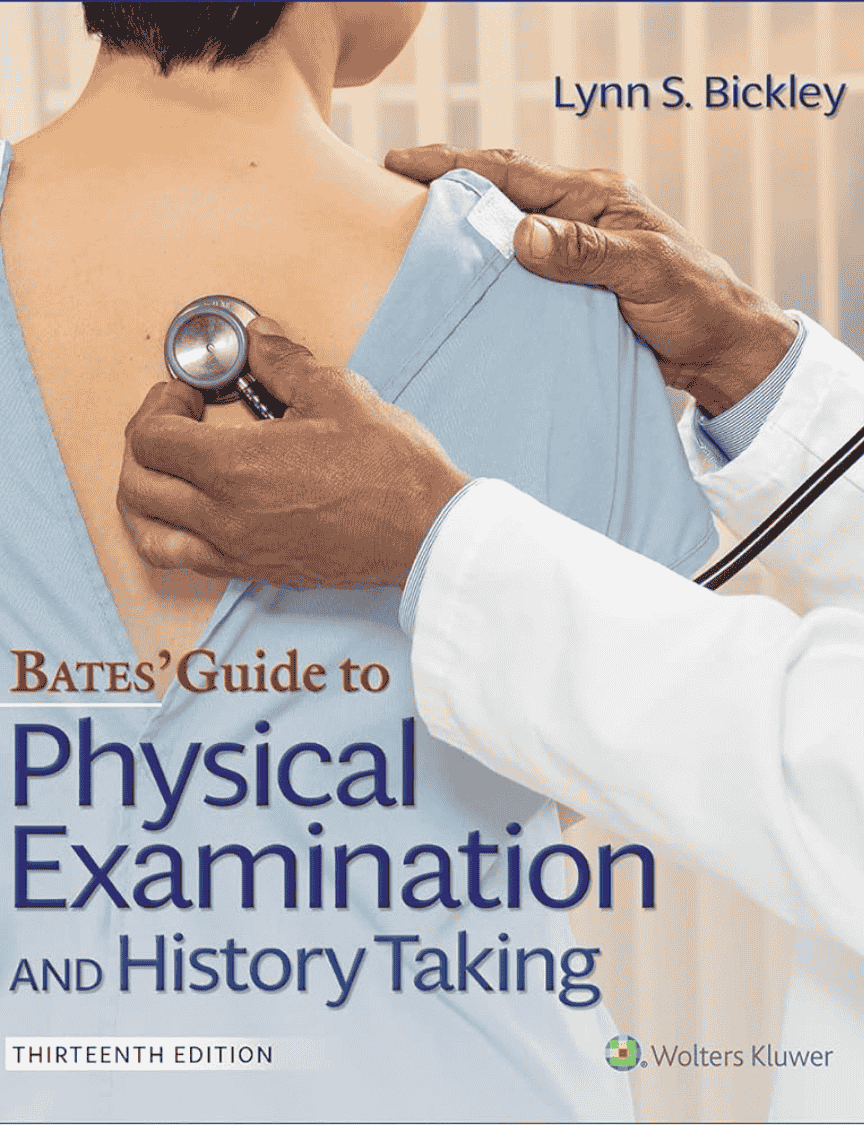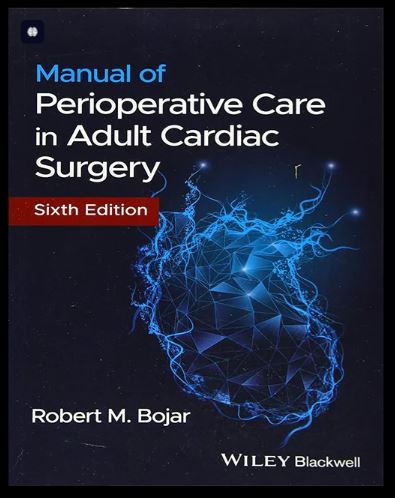Blog
Exploring the Best Medical Books for Specialized Healthcare Knowledge

Best Medical Books
When it comes to pursuing a career in medicine or advancing your clinical knowledge, the right resources make all the difference. Whether you’re a student preparing for the USMLE, a nurse practitioner aiming to strengthen your diagnostic skills, or a healthcare professional looking to update your library, this guide to the best medical books will help you choose the right titles.
We’ve handpicked top-rated books from trusted categories like psychiatry, pharmacology, diagnostics, and exam preparation—each chosen for its relevance, clarity, and reliability.
Why Medical Students Should Invest in These Books
1. Strong Foundation Building
Medical education starts with foundational subjects such as anatomy, physiology, and biochemistry, and progresses to clinical rotations and hands-on experience. Structured materials such as First Aid and DSM-5-TR provide a robust foundation of knowledge.
2. Exam Preparation
Nearly all students studying for the USMLE, NEXT, or other licensing examinations rely on guidebooks and review resources centered around multiple-choice questions. These books are trusted due to their reliability and effectiveness in exam situations.
3. Practical Learning
Texts such as Modern Dental Assisting and CPT Professional equip students for practical applications in the real world. Medical knowledge encompasses more than theory; it involves action, documentation, and decision-making.
4. Understanding Complex Concepts
The fields of psychopharmacology, mental disorders, and clinical protocols can seem daunting. Resources like DSM-5-TR Made Easy and Stahl’s Prescriber’s Guide provide simplified explanations that are crucial for novices.
5. Affordable and Valuable
Every student has financial constraints, and the books mentioned here offer great value for a reasonable cost. By investing in a quality medical book now, you can save yourself hours of confusion and online searching later.
Best Medical Books
Bates’ Guide to Physical Examination and History Taking (Lippincott Connect) – 13th Edition
Why Students Should Read It: Bates’ Guide is essential for acquiring clinical examination skills. It provides a systematic method for physical diagnosis, rendering it indispensable for all medical students in the early stages of their clinical years. The 13th edition includes the most recent guidelines, top-notch illustrations, case studies, and practices based on evidence.
This book connects theoretical knowledge from the classroom with practical bedside application for students. Besides teaching how to carry out a physical examination, it also instructs on observing, communicating, and establishing rapport with patients. It is essential for correct diagnosis and treatment planning to understand how to compile a thorough patient history and correlate it with physical manifestations. In today’s clinical environment, patient-centered care is fundamental, as emphasized by Bates’ Guide.
To summarize, students who master this book will acquire the practical skills necessary for clinical rotations, OSCEs (Objective Structured Clinical Examinations), and ultimately real-world patient care. It’s more than a textbook; it serves as a mentor in printed form.


Evidence Based Practice in Nursing and Healthcare 5th Edition
The Manual of Perioperative Care in Adult Cardiac Surgery (6th Edition) by Robert M. Bojar serves as a vital resource for those caring for cardiac surgery patients, particularly medical students, surgical trainees, and critical care nurses. With respect to the whole perioperative process — from assessment prior to surgery to management following surgery — the book presents an extensive, practical approach.
It encompasses a broad array of adult cardiac surgical procedures, including coronary artery bypass grafting (CABG), valve repair/replacement, and aortic surgery, along with current guidelines and protocols. The content is organized effectively, grounded in evidence, and articulated in a clear and approachable manner, making it perfect for students seeking to grasp intricate ideas.
The 6th edition features expanded sections on ECMO (extracorporeal membrane oxygenation), fast-track recovery, and minimally invasive procedures. It also emphasizes frequent postoperative complications and effective management strategies for them.